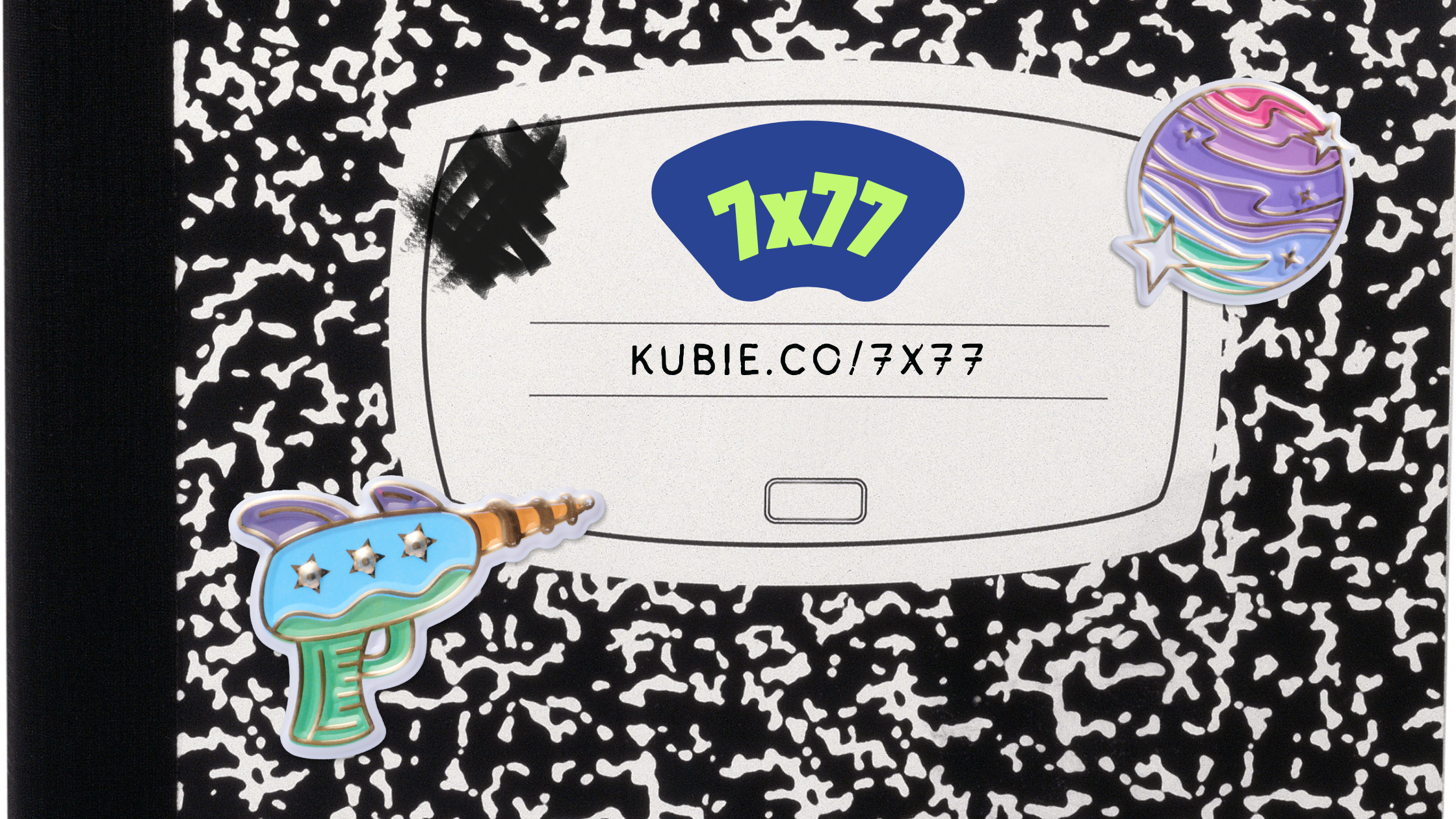1) Traveling.
I like a long flight for reflection and long-term planning. There is something about the rhythm of travel that I find helpful in focusing my thoughts. I do this work in my daily notebook. Revisiting the last few weeks, updating lists, creating new ones. Notebooks sit nicely on tray tables, their battery never dies, and I don’t have to turn anything off during takeoff and landing. (On short flights I just listen to podcasts.)
Long drives are good for a different sort of thinking. These thoughts tend to have more of a generative quality — extending my thinking on problems and activities I’ve been engaged in lately. Voice memos are the tool of choice in this case. They can be a little painful to relisten to, but it’s better than not capturing the thoughts at all.
2) Making a mindmap.
Mindmapping sounds like something fancy that high-priced consultants would teach you to do in a workshop (ahem) but they are not fancy. Using a mindmap to think something through means documenting your thoughts a radial fashion as opposed to a linear fashion — starting at the center of the page, not the top.
Mindmaps are where I start when I’m not sure what I need to make. Often they turn into outlines, then drafts. Sometimes they’re just artifacts of a braindump. MindNode is a Mac app that I use for mindmapping. It’s simple and fast. I use pen and paper sometimes, too.
3) Index cards.
I like problems that can be solved with my eyes and my hands. Mo more room in the moving truck? I’ll find some room. Lock’s stuck? Not for long. Crazy Ikea assembly instructions? Hand me that hex key, friend.

I can better engage that part of my brain on “soft” problems by creating something physical to manipulate. This is where the index cards come in. They can be shuffled, sorted, stacked, crumpled, pinned to the wall, etc. I don’t have to use words or computer commands to manipulate these thoughts. I can use my eyes and hands.
I hate how thin and cheaply made most index cards are these days, but if I buy fancy ones I feel more inhibited about using them. The best thing is finding unused old cards at a thrift shop, but I’ll suffer through some Mead cards if I must.
4) Talking to myself.
It’s hard to think and speak at the same time. Verbalizing my thoughts can be a nice focus boost. This tends to happen automatically when I’m working through a set of tricky instructions or otherwise trying to troubleshoot some problem that I don’t yet understand.
5) Re-watching beautiful, moody movies.
Music is nice when I know what needs doing and I’m ready to do it. But if I’m seeking a more exploratory, creative mood, I sometimes turn to my collection of arty, beautiful, or otherwise moody movies on Blu-Ray. A few that work for me include Skyfall, Dredd, Cosmopolis, and The Fountain.
6) Writing.
Nothing helps me figure out what I think about something better than trying to write about it. (Case in point: I found this newsletter issue harder to write than I expected. Apparently my thinking-about-thinking thoughts weren’t as thought-through as I’d thought.)
7) Keeping specific notebooks for specific activities.
I have a notebook for music (also a Baron Fig Confidant dot grid, like my daily) and various marker-friendly sketchpads for art. Unlike my daily, which is a chronological set of daily logs, project notes, and meeting notes, these “creative” notebooks feel a bit more alive. I rarely hesitate to mark up and rework pages in notebooks that are years old. They become a sort of poor-man’s workshop, allowing me to mentally step into a particular mindset. I try to transfer creative notions from my daily into these notebooks so that all ideas of a type are collected together — this also becomes an opportunity to do a bit of curating.
*** Originally published as List No. 03 of the 7x77 newsletter project.

